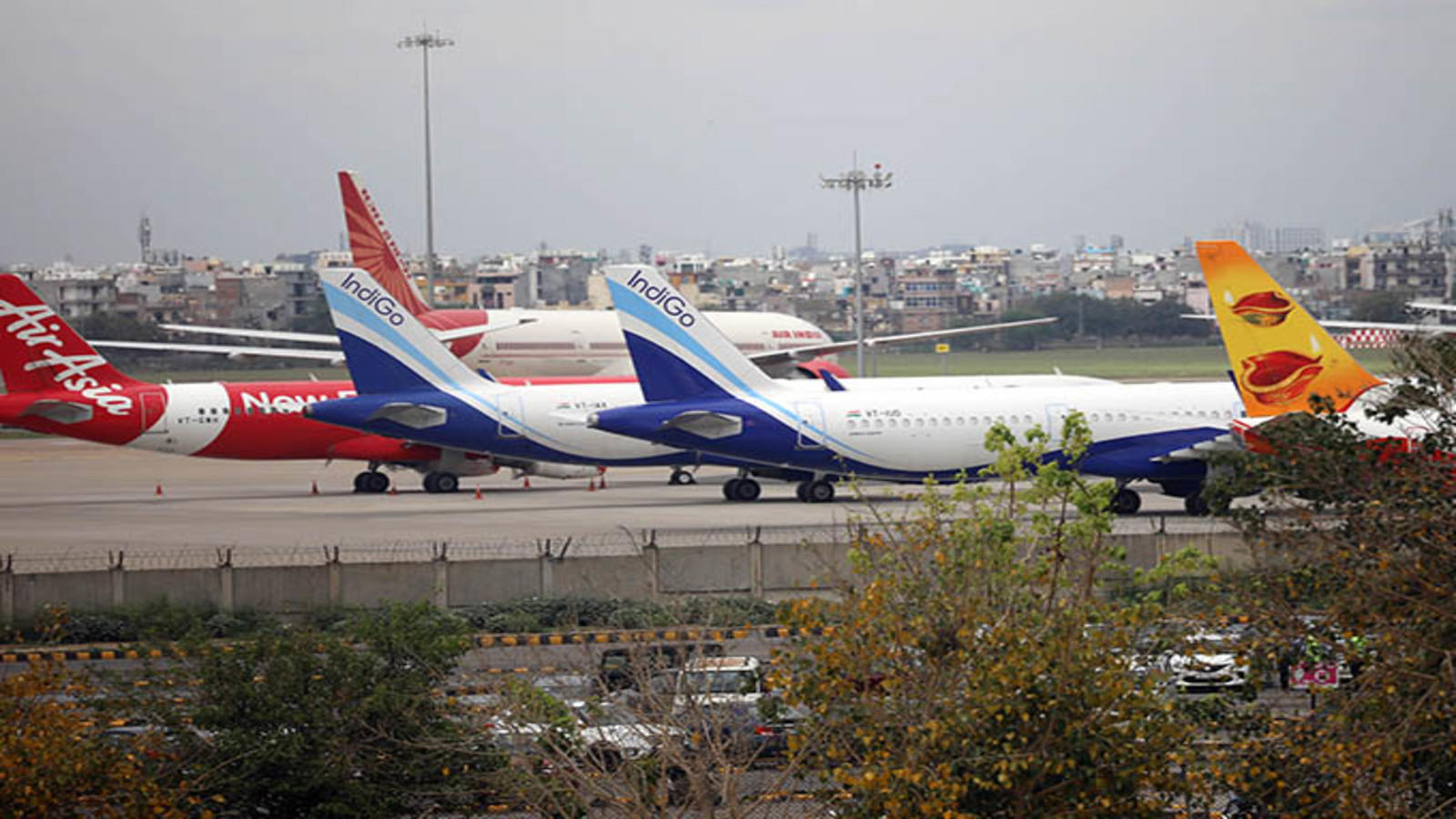Explained: What Unlock 5.0 guidelines mean for India’s international flights

The Unlock 5.0 guidelines: There are a number of countries to which flights are being operated and Indian citizens can take flights.

Following the Unlock 5.0 guidelines issued by the Home Ministry, the Directorate General of Civil Aviation (DGCA) has extended the ban on scheduled international commercial flights till October 31. However, there are a number of countries to which flights are being operated and Indian citizens can take flights.
Why has the DGCA extended the ban on international flights?
The Unlock 5.0 guidelines have not allowed international flights to resume as yet and DGCA’s decision is in line with the Home Ministry’s norms. The government has also said on past occasions that the relaxation on International flights will depend on how the virus behaves, and how caseloads are being recorded within India as well as in the destination countries. Keeping that in mind, international scheduled flights have been suspended further.
What are the options for those wanting to fly abroad?
India has established air bubble arrangements with 15 countries. These are the US, the UK, Canada, the UAE, Qatar, Nigeria, Maldives, Kenya, Japan, Iraq, Germany, France, Bhutan, Bahrain and Afghanistan. Airlines from both countries under an air bubble arrangement fly between the two jurisdictions carrying passengers from either points.
In addition to this, Indian carriers are also operating certain flights under Vande Bharat Mission — few of which are carrying people on outbound flights from India. Under the air bubble arrangement with the US, Air India has added thrice-a-week flights between Delhi and Newark. The airline is also operating flights between London and Delhi, Mumbai, Bengaluru, Kolkata, Ahmedabad, Kochi and Goa.
Are visas being issued for these international destinations?
According to visa outsourcing firm VFS Global, visa applications for 25 countries have been resumed with a few countries opening up application process for select categories. For example, most countries in Europe’s Schengen region are only accepting Category D visa applications, which is granted to individuals studying, working or residing permanently in one of the Schengen countries. Certain countries in Schengen region like Germany and Estonia are also allowing Category C visas, which are meant for short-visits.
Similarly, the US is accepting visa applications for emergency cases, student visas, work visas of ‘H’ and ‘L’ classes, etc. Further, while some countries like the UK, the UAE, Turkey, Dominican Republic are accepting applications for all visa categories, those like South Korea and Ireland are only accepting long-stay visa applications.
